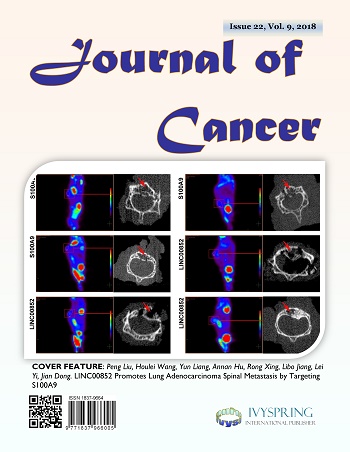
“Despite remaining one of the most widely abused drugs worldwide, Cannabis sativa exhibits remarkable medicinal properties. The phytocannabinoids, cannabidiol and Δ-9-tetrahydrocannabinol, reduce nausea and vomiting, particularly during chemotherapy. This is attributed to their ability to reduce the release of serotonin from enterochromaffin cells in the small intestine, which would otherwise orchestrate the vomiting reflex. Although there are many preclinical and clinical studies on the effects of Δ-9-tetrahydrocannabinol during nausea and vomiting, little is known about the role that cannabidiol plays in this scenario. Since cannabidiol does not induce psychotropic effects, in contrast to other cannabinoids, its use as an anti-emetic is of great interest. This review aims to summarize the available literature on cannabinoid use, with a specific focus on the nonpsychotropic drug cannabidiol, as well as the roles that cannabinoids play in preventing several other adverse side effects of chemotherapy including organ toxicity, pain and loss of appetite.”





 “Altered endocannabinoid (eCB) signaling is suggested as an important contributor to the pathophysiology of depression.
“Altered endocannabinoid (eCB) signaling is suggested as an important contributor to the pathophysiology of depression.


